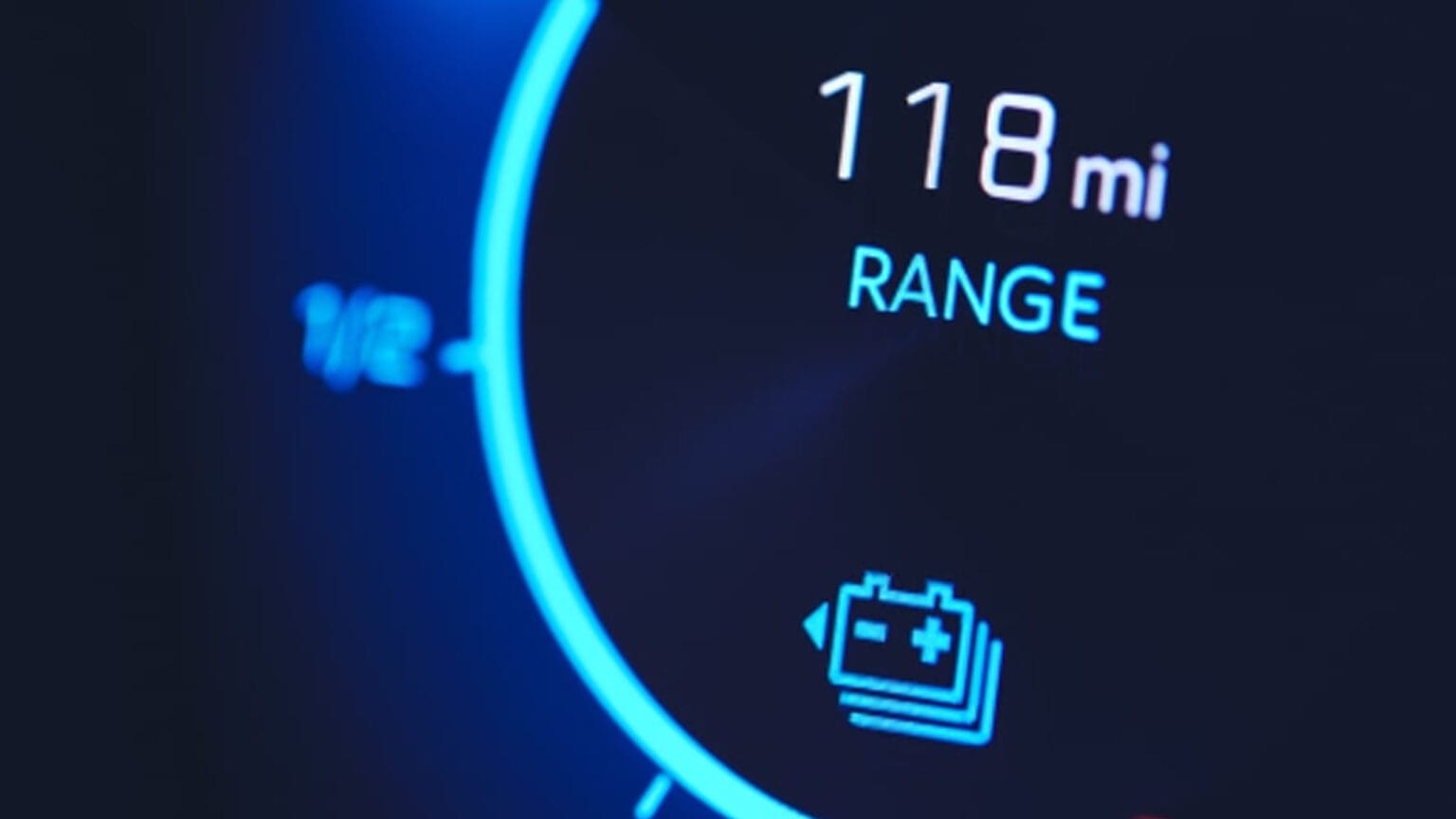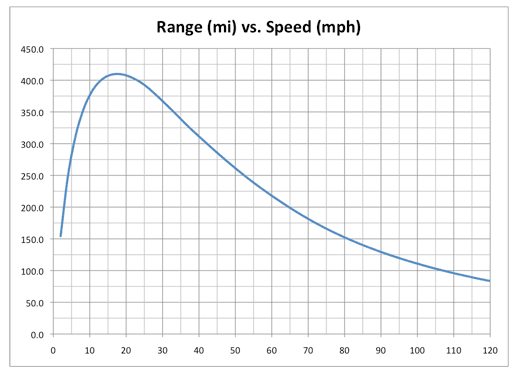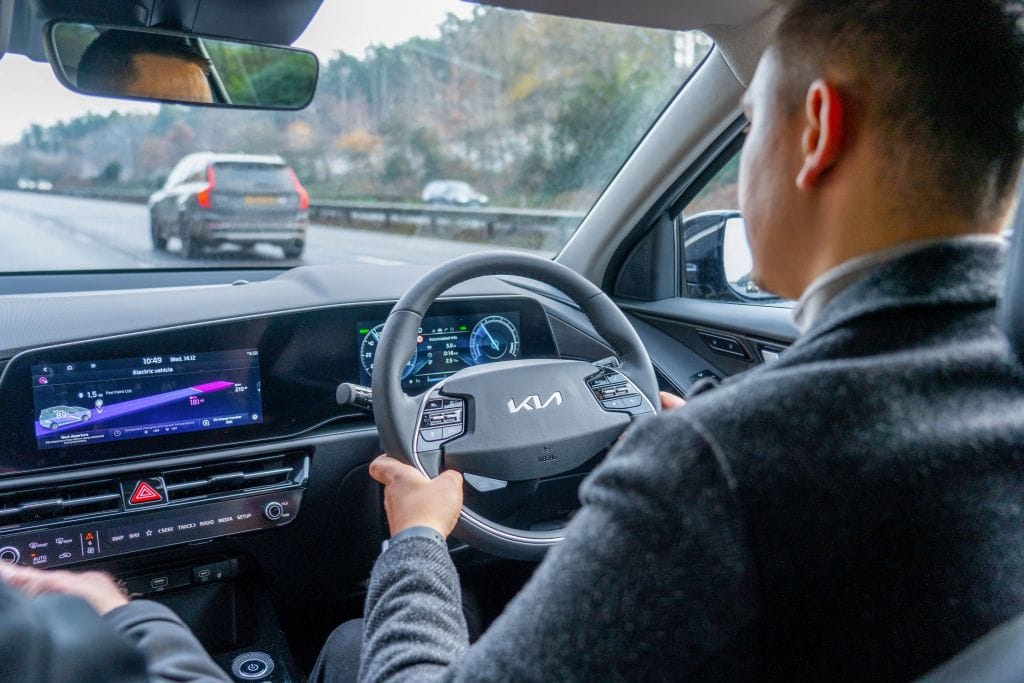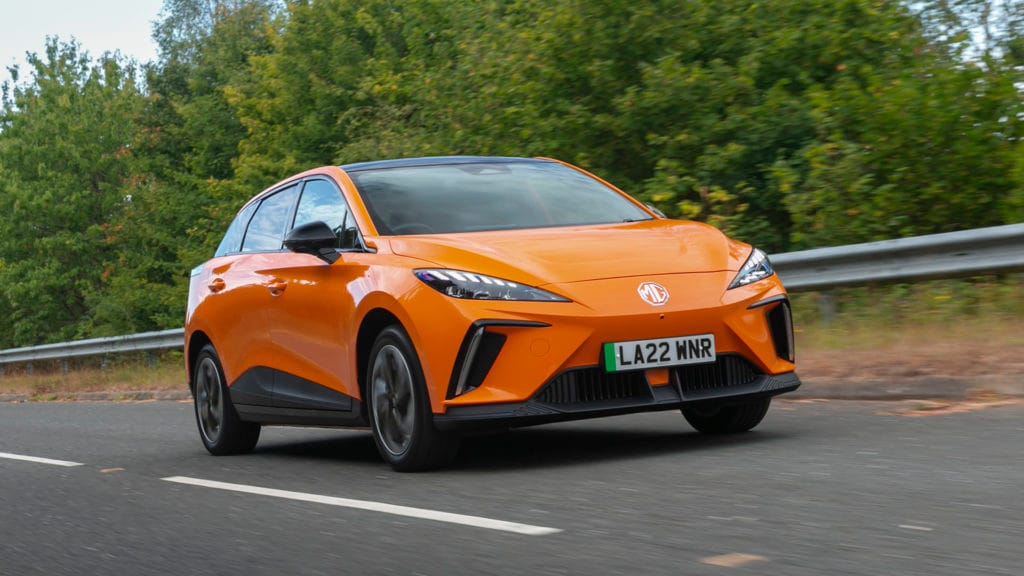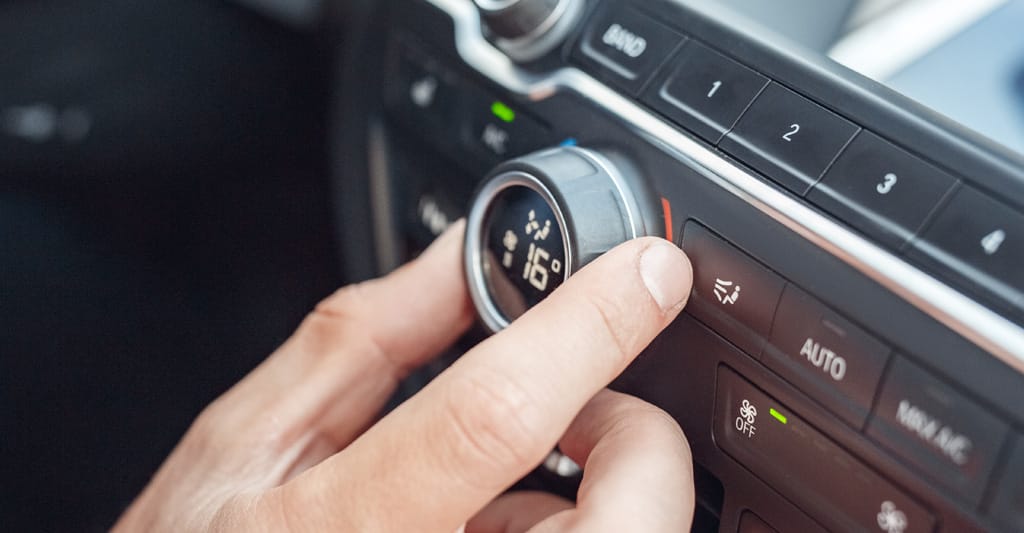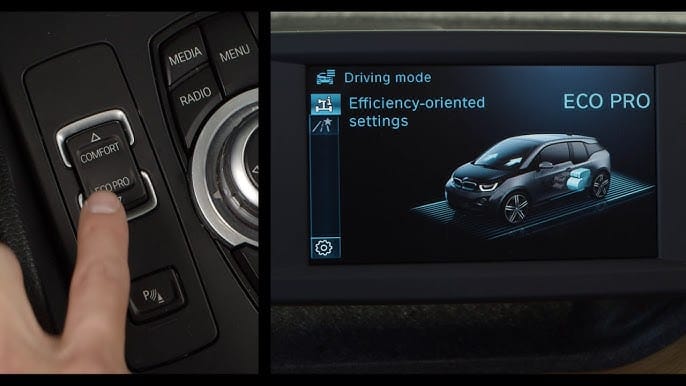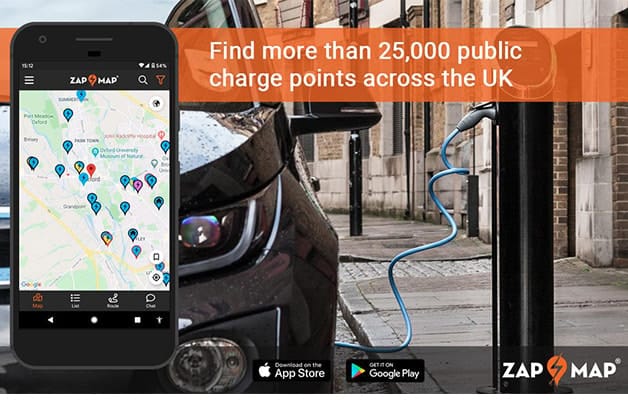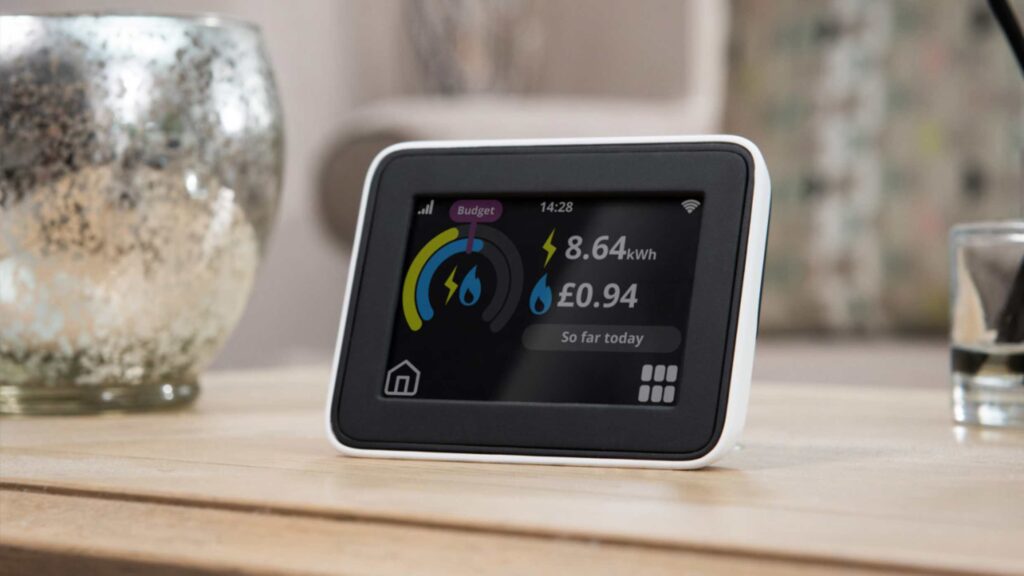Hopefully most people looking at EVs will have heard of ‘Regen’ braking, but in case you haven’t I will briefly explain this unique energy-efficient trait of electric vehicles.
Regenerative braking is used in electric vehicles to not only provide that lovely ‘one pedal’ style of driving where you don’t need to use the brakes so much, but more importantly to increase an EV’s efficiency by recapturing and using as much energy as possible. An electric motor when it’s run in one direction, converts electrical energy into mechanical energy that is used to turn the wheels of the car, driving it forward. However, when the motor is run in the opposite direction, the motor becomes an electric generator, converting the mechanical energy of the car’s momentum back into electrical energy. This electrical energy is then fed into the charging system for the car’s batteries.
Using an EVs regen braking system is a great way to recapture as much energy as possible, thus extending the car’s range. You are basically recharging the car while you are driving.
When you step off the accelerator, rather than pressing the brake pedal, you allow the regenerative braking feature to replenish the battery by capturing what would otherwise be lost energy. It also reduces your speed. Putting both factors together – a smoother driving style with the use of regenerative braking – and you will be surprised at how much energy conservation is possible.
Most EV’s have some adjustability in regenerative braking, so when you are driving in a urban environment, or in a situation where you would otherwise be regularly braking, have the car’s regen set higher so you hardly need to use the brake to slow, and you recapture as much energy as possible.
If you are driving down a steep hill increase it even higher still to capture even more energy.
TIP: Use your regen braking to slow the car as much as often as possible, with the regen set to its higher settings in environments where you need to brake frequently.

